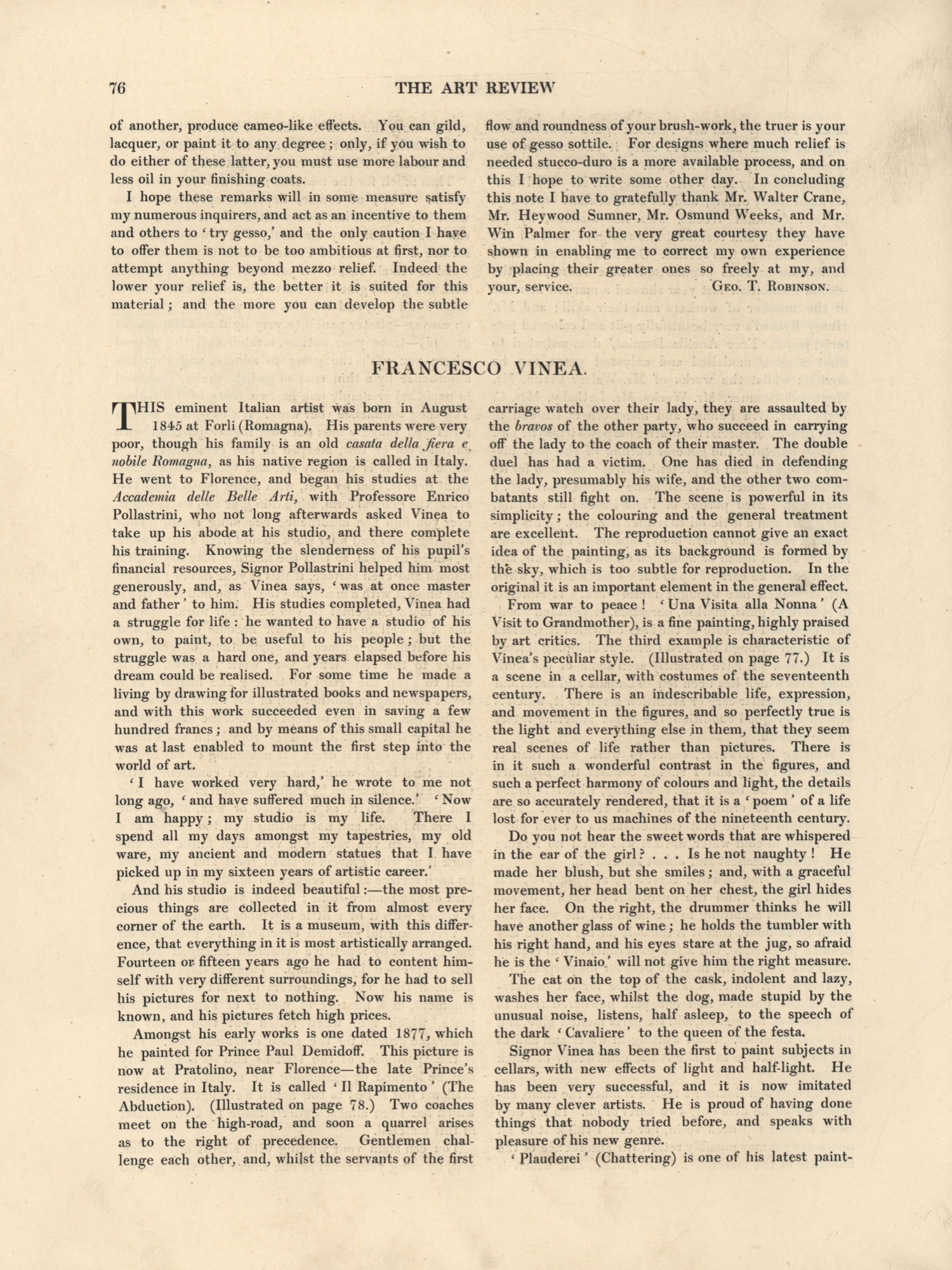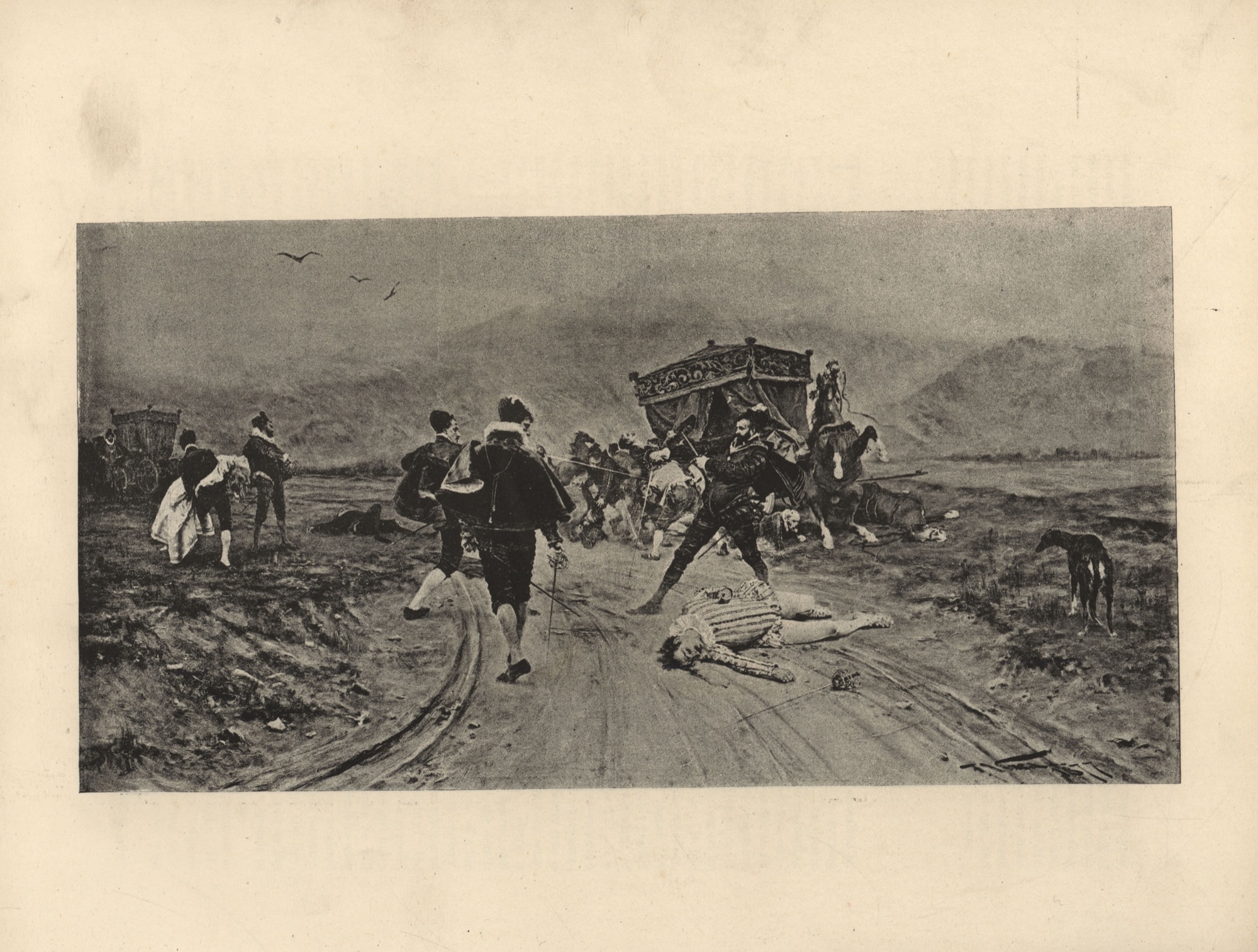3 of
You are browsing the full text of the article: Francesco Vinea
Click here to go back to the list of articles for
Issue:
Volume: 1 of The Art Review
| The Art Review Volume 1 Issue: 3 March 1890 Page: 76 | ||||||||||||||||||||||||||||||
| Francesco Vinea By J. Walter Savage Landor | ||||||||||||||||||||||||||||||
|

|
|
||||||||||||||||||||||||||||
| The Art Review Volume 1 Issue: 3 March 1890 Page: 77 | ||||||||||||||||||||||||
| Francesco Vinea By J. Walter Savage Landor | ||||||||||||||||||||||||
|

|
|||||||||||||||||||||||
| The Art Review Volume 1 Issue: 3 March 1890 Page: 78 | ||||||||||||||||||||||||
| Francesco Vinea By J. Walter Savage Landor | ||||||||||||||||||||||||
|

|
|||||||||||||||||||||||
| The Art Review Volume 1 Issue: 3 March 1890 Page: 79 | ||||||||||||||||||||||||||||||||
| Francesco Vinea By J. Walter Savage Landor | ||||||||||||||||||||||||||||||||
|

|
|
||||||||||||||||||||||||||||||



